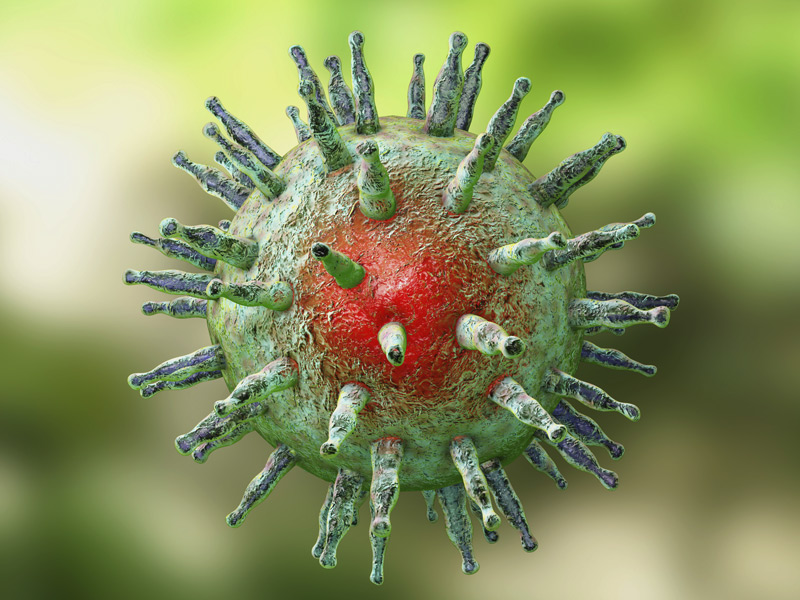Posted By:
Steve Parcell
Category:
General
Inflammation is a hot topic. But many people first just want to know, what is inflammation, really? I am excited about this topic because the word inflammation is thrown around frequently, but most people cannot explain what it means. I recently had a patient ask me what inflammation is and I found I did not have a readily available answer due to the complexity involved with inflammation. Now, after gathering my thoughts and research, I have a better answer. What is Inflammation? Inflammation is, well, it’s inflammation in the body, right? We hear people talk about pro-inflammatory foods or that the cause of all disease is inflammation. Sugar and animal foods are pro-inflammatory, right? At least that is what we hear people say. Healthy diets are supposed to be anti-inflammatory. A long list of dietary supplements and health food products are also supposed to address inflammation but how do we know if they are working? Do antioxidants quench inflammation? These are all questions we should be asking when we are talking about this subject. I am going to dive a little deeper into the subject so that readers can have a more precise understanding. Let’s clarify what inflammation is and...



